 The Middle Eastern countries have, perhaps, the most amazing traditional jewelry pieces. And Oman is definitely a place where striking silver jewels and adornments are made. Though, it’s hard to find really old Omani jewelry because every generation, every owner remakes them to suit his (or rather her) taste, lifestyle, family traditions, or even modern fashion trends. Some of these remarkable jewelry items and articles of clothes are preserved and displayed in the British Museum in London.
The Middle Eastern countries have, perhaps, the most amazing traditional jewelry pieces. And Oman is definitely a place where striking silver jewels and adornments are made. Though, it’s hard to find really old Omani jewelry because every generation, every owner remakes them to suit his (or rather her) taste, lifestyle, family traditions, or even modern fashion trends. Some of these remarkable jewelry items and articles of clothes are preserved and displayed in the British Museum in London.
The Sultanate of Oman is a country with a history that stretches back to the 3rd millennium B.C. Known as the Land of Frankincense, Oman has always been a seafaring nation and a hub of trade.
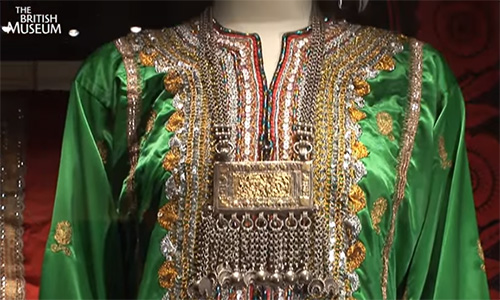

This exhibition at the British Museum focuses on Oman's more recent cultural heritage, celebrating it through items of adornment. Particularly, with beautiful jewelry and clothing.
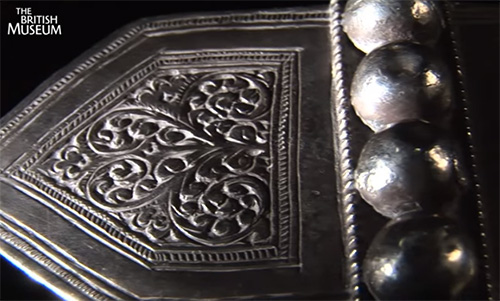
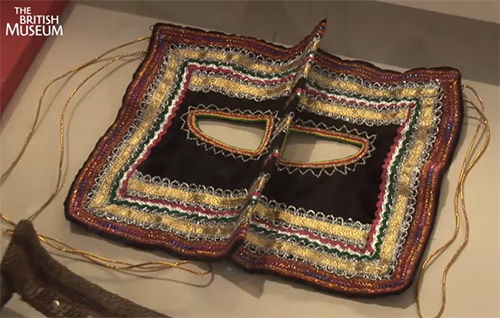
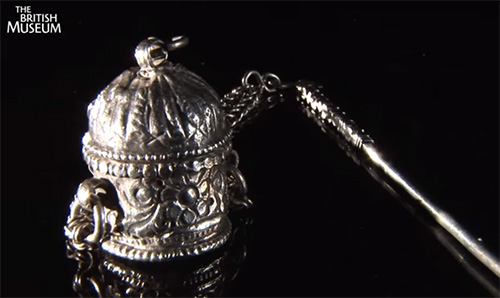
This is a silver elbow bracelet and it's one of the objects in the exhibition. It's usually worn in pairs on the elbows, and it's hollow so it has stones and beads in it that rattle when the person wears it. Like many of the objects on display here, this silver bracelet has many stories to tell.
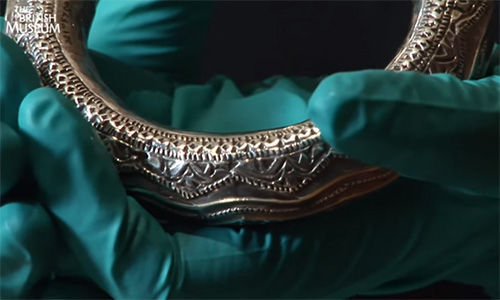
Omani silver elbow bracelet
It's about 60 years old, probably made in the 1950s. It's very difficult to find Omani silver that's more than a generation old because it's often melted down and made into new pieces of jewelry that have special significance to the new owner.
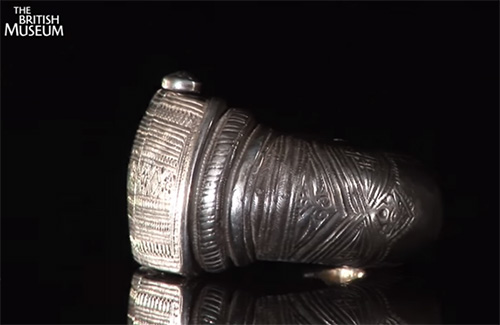

This necklace is on display at the exhibition. Now, there's something about it that may come as a surprise. You might think that it has a pendant made out of ruby or perhaps glass, but actually, it's made from a red bicycle reflector. It's called a “salwa necklace”, which means “fun” or “amusement”. And it's worn by little girls in Oman.
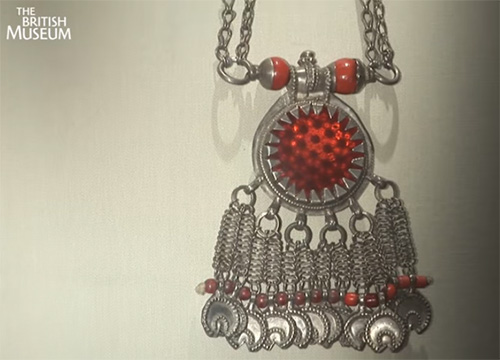
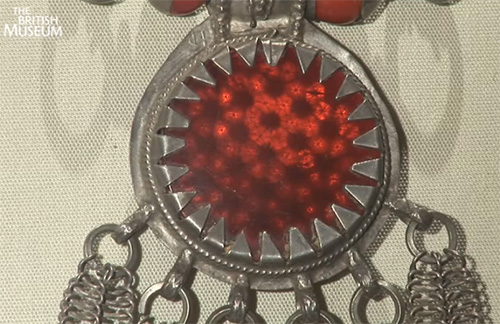
Salwa necklace made from a red bicycle reflector
To prepare for this exhibition, its curator Fahmida Suleman visited Oman. There, she met a 70-year-old silversmith named Salim al-Shareqi from the city of Nizwa. He showed Fahmida how he prepared silver to be made into items of jewelry, like the ones they have on display in the exhibition.


First, he softened the silver by heating it and hammering it. And then, he cooled it down with water. After which, he used a hand-turned press to make silver sheets and wire.
This exhibition presents the diversity of cultures of the people of Oman, whose ancestors have originated from all over the Indian Ocean. They have maintained their traditions of dress and jewelry, which are very distinctive from region to region.
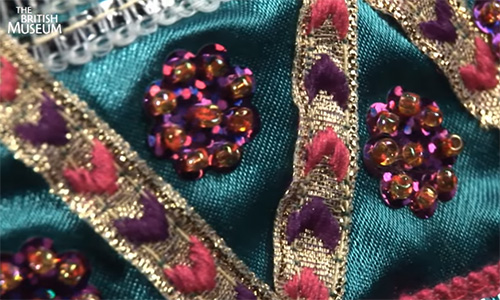

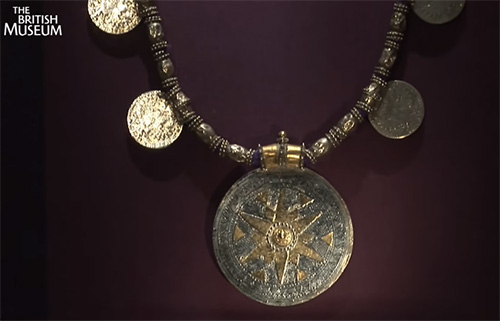

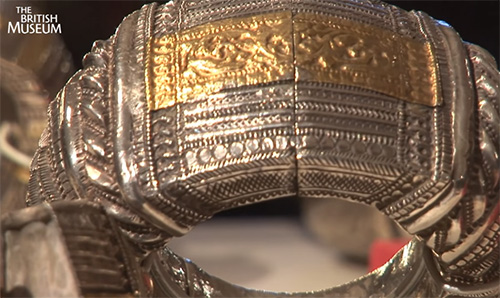
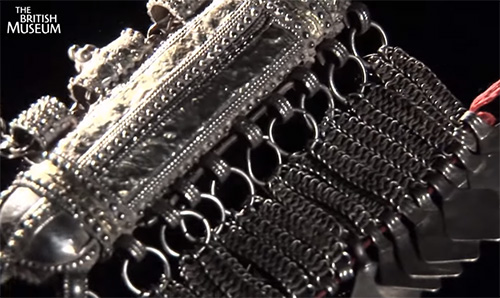
(c)


